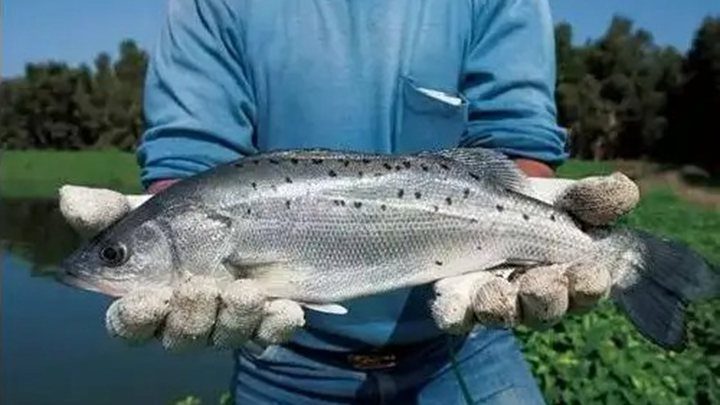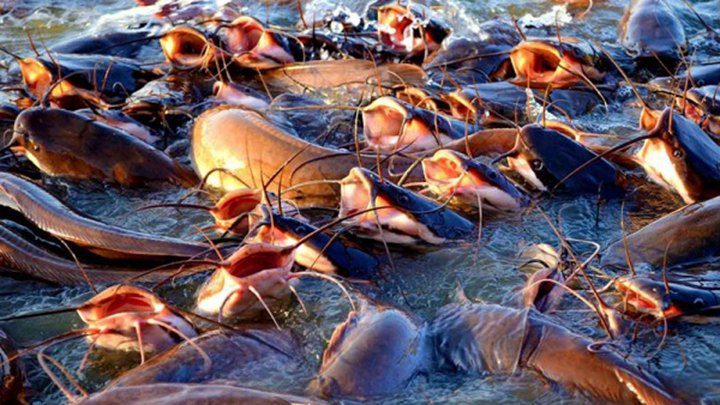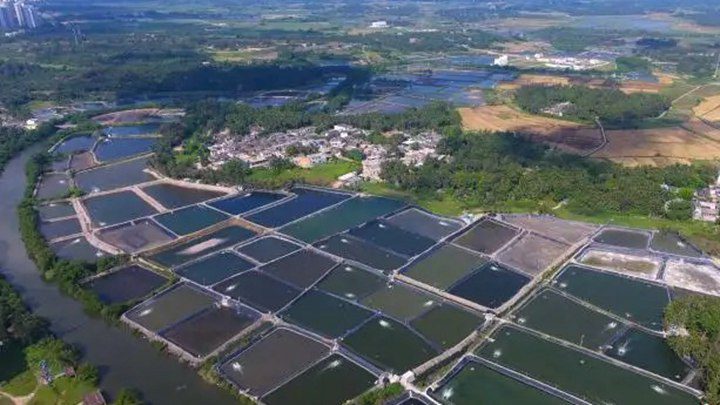Perch is one of the common economic fish, and it is also a species for the development of marine aquaculture. At the same time, perch is also one of the important economic fish that grow naturally. It has been artificially cultivated for nearly 20 years. In recent years, driven by the market economy, Big breakthroughs have been made in bass breeding technology.
Lima feed machinery has been working in the feed farming industry for more than ten years, as the professional manufacturer and exporter of feed equipment. We specialize in the production of fish feed extruders, poultry feed pellet machines, and corresponding production lines. If you have any questions about the feed pellet industry, please feel free to contact us.
1. Pond conditions and preparations
The appropriate pond area is 3300m2-6600m2, the water depth is more than 2M, the water source is sufficient, the water quality is pollution-free, there are better drainage facilities, and the transportation is convenient. Before stocking, it is necessary to dry the pond to dredge and level the slope. Use quicklime 750 kg to 1050 kg per hectare, keep the pond water 10 to 20 cm, soak the slurry and pour wine. After 7 days, add water to a depth of 1m. In order to keep the water quality in good condition, 75 kg/m2 of diammonium can be applied at one time. After two days, the pool water can be stocked after it becomes oily green.
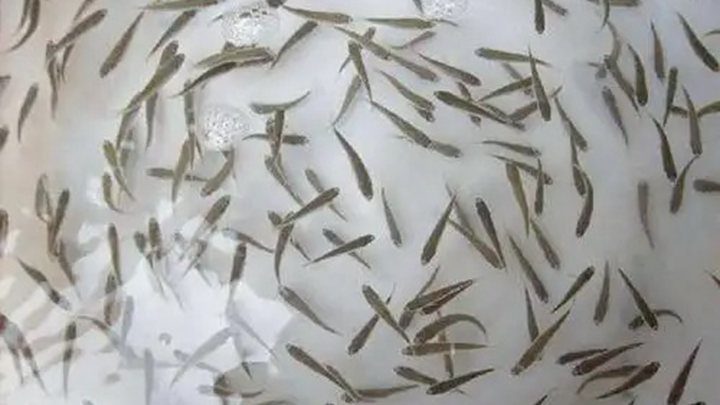
2. Temporary rearing and stocking of fingerlings
At present, most perch fries are caught in the sea. In spring, the fry from the sea is about 2.5 cm to 4 cm. The fish body will be injured in different degrees after the fishing and transfer operation. In order to improve the survival rate of aquaculture, intermediate temporary breeding can be carried out. It is more convenient to set up a 40-mesh cage in the breeding pond for temporary breeding. Raise 2,000-3,000 seedlings temporarily per cubic meter of water, and disinfect with chloramphenicol, and furazolidone after ingesting surimi.
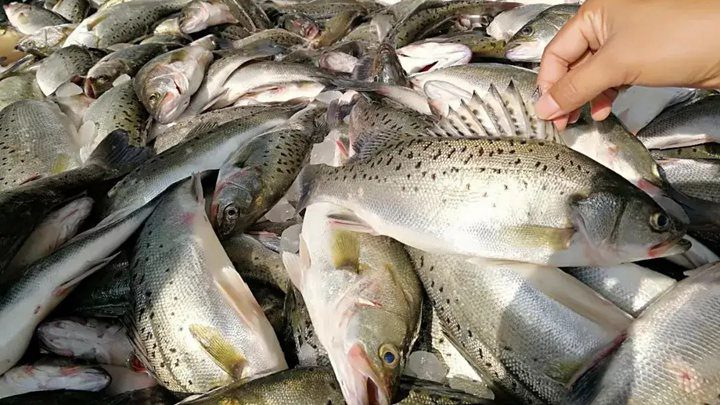
Feed Artemia larvae, seawater and freshwater horns, and copepods for the first 10 days, and then feed fresh surimi. The fingerlings are cultivated to about 10 cm and put into the grow-out pond at a rate of 1.5 fish/m2.
3. Develop management
①Feeding
The bait is mainly low-lying trash fish, supplemented by artificial ingredients. Perch grabs food quickly and has a large content. It is very important to feed regularly and quantitatively. When feeding, it is necessary to ensure that the fish is full without wasting bait. Every time you feed, you should first drop fewer guide fish and increase the feeding amount when they float up to grab food. When the fish sink and do not grab food, stop feeding. The number of daily feeding times and the amount of bait vary depending on the season. In the suitable temperature season for the rapid growth of bass, feed 4-5 times a day, and the bait amount is 10-30% of the fish’s body weight. In the early spring and late autumn of low temperature, feed 2-3 times a day, accounting for 1-10% of the fish’s body weight.
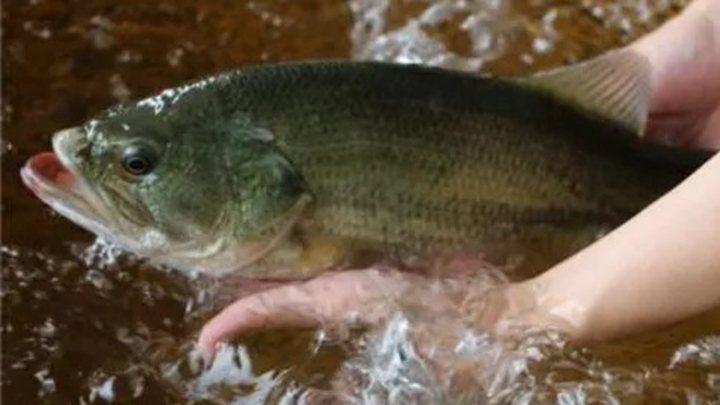
②Ponds inspection
Check the pond sooner or later, and deal with it promptly if any abnormalities are found. Pond inspections include fish activity, changes in pond water color, odor, transparency, and pond escape facilities and predators.

